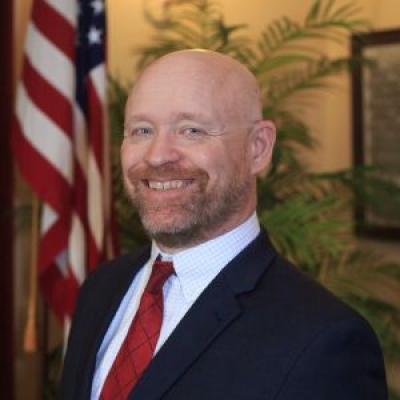The little-understood role of charter sponsors
It probably comes as no surprise that the general public understands little about the way charter schools operate. A new piece from the Toledo Blade, for instance, expresses astonishment that Educational Service Centers can and do sponsor charters in Ohio. The reporter, in light of the ECOT closure last year, examines what a sponsor’s role can and should be.
Funding students or funding systems?
Misinformation abounds in this piece about a STEM school in Portage County. Bio-Med Science Academy has proven very popular in the region and is drawing a worrying amount of students away from their school districts of residence. In discussion of the funding “lost” by those resident districts, STEM schools are lumped in with charters as equal-opportunity “drains” on money that “belongs” to those districts.
Private to charter conversion
Nine Catholic schools in Memphis closed at the end of this school year due to a critical funding shortfall and will be reopened as charter schools in the fall. This after guidance was issued by the U.S. Department of Education allowing Compass Community Schools to contract with the Diocese of Memphis; a contract which included a clause precluding the new charters from teaching anything considered “gravely offensive” to the Catholic Church.
Closer to home…
A new K-6 charter school is scheduled to open in Marion in about a month. Marion Preparatory Academy is sponsored by North Central Ohio ESC and operated by ACCEL Schools. It will operate in a building that formerly housed a Catholic school; its opening was delayed by a year while the acquisition of that building was completed. While no one interviewed seems astonished that an ESC is a sponsor, the local district superintendent—someone who knows a thing or two about school choice—did take a moment to note that money follows students who leave his district to attend this or any other charter school.
IEPs, class sizes, and charter schools
The superintendent of Marion Prep talks in the foregoing article about the intensive, individualized education model she and her staff plan to employ and how small class sizes are a necessary ingredient to make that model work. Here is a singular story – part of a series being run in the Cleveland Plain-Dealer for more than a year now – about one child on an IEP in an unnamed charter school and about his mother’s efforts to make sure that his special needs are properly accommodated. Class size, teacher time constraints, and other factors are all considered here.





